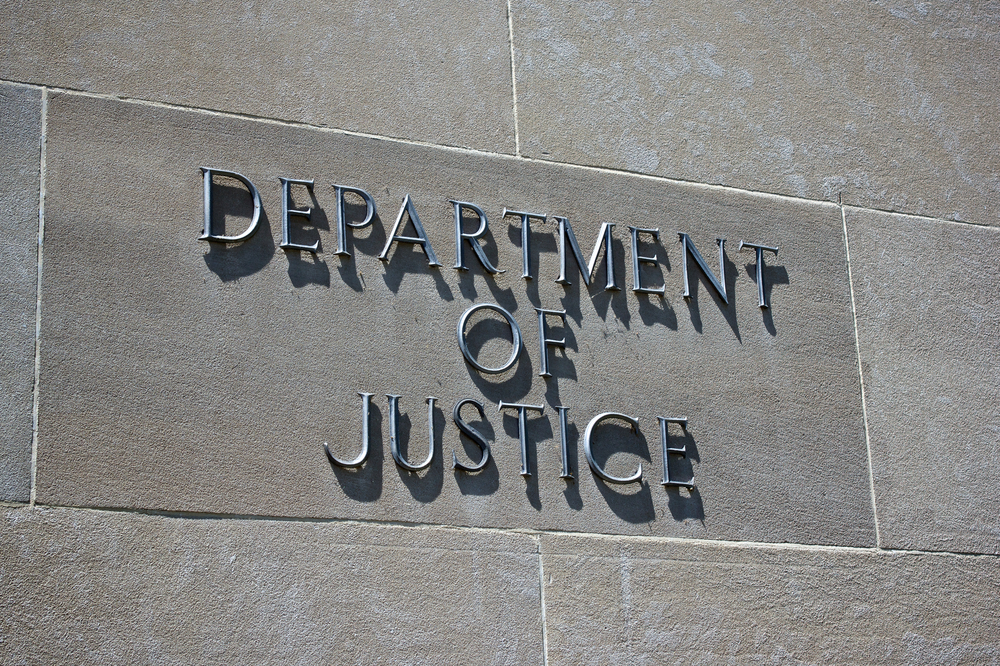Supreme Court gives government broad authority to dismiss whistleblower lawsuits


The Supreme Court ruled on Friday that the Department of Justice has broad, but not unfettered, authority to dismiss whistleblower lawsuits filed under the False Claims Acts qui tam provision even when the government initially elected to allow the whistleblower to proceed with the action.
The FCAs qui tam (an abbreviation for a Latin phrase meaning who sues on behalf of the King as well as for himself) provision encourages whistleblowers to file suit on behalf of the government. The law also gives the government the option to decide whether to take control of the case (referred to as intervening) or instead allow the whistleblower to proceed. DOJ has used the False Claims Act to recover more than $70 billion since 1986, much of it driven by whistleblower lawsuits and largely focused on health care and defense contracting. As the number of qui tam cases has continued to increase (more than 500 have been filed annually in recent years), and the whistleblowers bar has been increasingly aggressive about moving forward with cases, DOJ has ramped up the use of its dismissal authority not only declining to take over the litigation of qui tam cases, but also affirmatively dismissing them to prevent the whistleblower from proceeding.
Dr. Jesse Polansky filed a claim as a qui tam whistleblower, and DOJ initially decided to let Polansky proceed with the lawsuit against a company he accused of causing millions of dollars in false billings to the government. After several years of litigation, however, DOJ sought to have the case dismissed over Polanskys objection, questioning its likelihood of success and pointing to concerns about the discovery burden being placed on the government and possible disclosure of privileged documents. A federal district court in Pennsylvania granted the governments request and dismissed the case, and the U.S. Court of Appeals for the 3rd Circuit upheld that ruling.
There were two questions before the Supreme Court: Whether DOJ must first intervene for a qui tam action to be dismissed, and what standard should apply to the governments motion to dismiss. Justice Elena Kagan, writing for the eight-justice majority, agreed with Polansky on the first issue requiring the government to intervene before seeking dismissal. However, it is a victory of little value to whistleblowers given the courts decision on the second issue, which gives the government broad authority to dismiss once it does intervene. Though stopping short of granting the unfettered dismissal authority sought by the government, the standard outlined by the court on Friday is likely hardly different from a practical perspective.
Like the oral argument, Kagans opinion centered on an analysis of the text of the FCA.
She noted that dismissal is governed by Rule 41 of the Federal Rules of Civil Procedure but differ[s] in two ways from the norm given the specifics of the FCA statute. Because of FCA statutory provisions, the government must provide notice and an opportunity for a hearing before a case can be dismissed. At that hearing, the district court must consider the interests of the whistleblower, who may have committed substantial resources. Still, Kagan made clear, government motions to dismiss will satisfy Rule 41 in all but the most exceptional cases, and the governments views are entitled to substantial deference. Because qui tam suits allege injury to the government alone, she stressed, a district court should think several times over before denying a motion to dismiss. If the government offers a reasonable argument for why the burdens of continued litigation outweigh its benefits, the court should grant the motion. And that is so even if the relator presents a credible assessment to the contrary.
A dissent from Justice Clarence Thomas was notable less for its arguments in favor of an alternative reading of the statute Thomas agreed with Polansky that the government loses its authority to dismiss a suit once it declines to intervene and more for its broader suggestion that the entire qui tam system may be unconstitutional. While only Thomas wrote in support of his argument about the extent of the governments authority to dismiss, Justice Brett Kavanaugh issued a concurring opinion, joined by Justice Amy Coney Barrett, in which he agreed with Thomas that [t]here are substantial arguments that the qui tam device is inconsistent with Article II and that private litigators may not represent the interests of the United States in litigation the Court should consider the competing arguments on the Article II issues in an appropriate case. It thus appears that the court now includes three justices prepared to broadly question the system that has for decades been the centerpiece of the governments anti-fraud efforts. A further court shift in this direction in the future would have implications far greater than the dismissal authority issue the court resolved Friday.
Posted in Merits Cases
Cases: United States, ex rel. Polansky v. Executive Health Resources, Inc.
